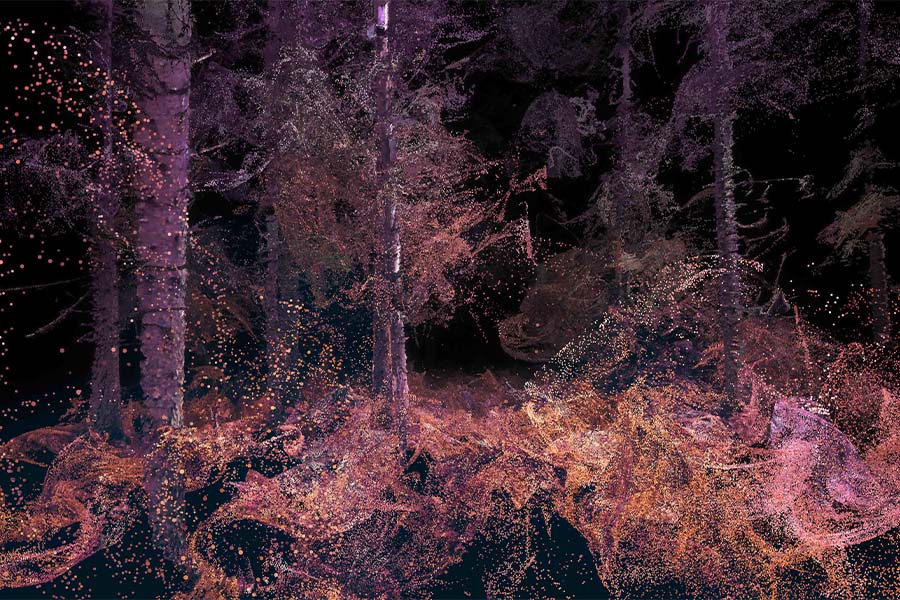When science meets creativity, amazing things happen…
Katherine Templar-Lewis & Robyn Landau are the co-founders of Kinda Studios, a neuroaesthetics studio that sits between the creative arts and neuroscience to explore the human experience. You might also recognise Templar-Lewis as part of the team behind The Uncertainty Experts, an interactive edutainment documentary that uses neuroscience as a platform for personal transformation.
Through collaborations with lead creatives, living labs and research partnerships with top universities such as UCL and Goldsmiths, Kinda Studios applies neuroscience research from the labs into creative projects that help art, culture and technology work harder for people’s wellbeing. They do this both by creating their own experiences and capturing the impact of those designed by others.
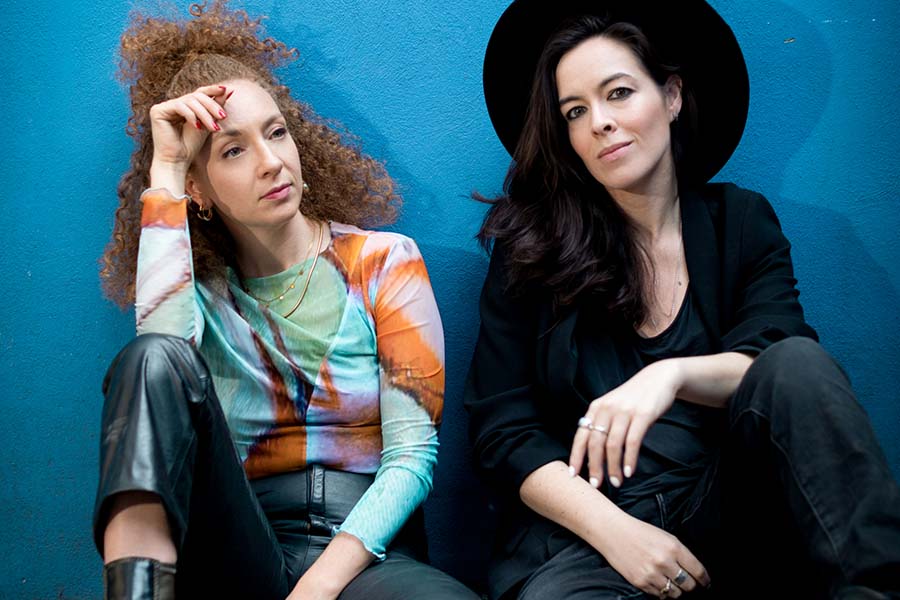
“We don’t want to reduce an experience to measurement – your own personal experience of the world is completely unique and a valid measurement, but it’s one that we just can’t measure yet. We can look at brainwaves, heart rates, and ask questions – but that’s only ever half the story. It’s only now with mobile technology that we are able to test people within immersive experiences and take scientists out into the real world.”
Katherine Templar-Lewis
A few of Kinda Studios’ previous projects include:
- Marshmallow Laser Feast, a series of immersive and interactive films designed to elicit flow states
- The Science of Sonic Branding, a toolkit containing the latest scientific insight on how dynamics of sound impact emotions, memories, and cognition
- Higher Frequencies, a four-part audiovisual series designed to drop audiences into specific states of being. The core mission that unites them all is to promote experiences that promote wellbeing.
In this Campfire, you’ll participate in a whistlestop tour of the newest, coolest branch of neuroscience: neuroaesthetics. As well as discovering what it is, you’ll see how it’s breaking out of the labs to be used in real-life experience design projects – and how you can use it to unlock new experiences and increase the impact of your own.
Prepare to dive into the science behind the concept of embodiment, the power of sound and light for shifting states of being, and the importance of ritual design for social connection – as well as a renewed curiosity about your own brain and body.
Why Connection Is At The Core Of Experience Design
The term “wellbeing” doesn’t always trigger positive associations – it can feel exclusionary and unattainable, all headstands and expensive collagen juices. For Templar-Lewis, growing up “academic” meant that “wellbeing” represented all the things she couldn’t do. However her research made her realise that wellbeing desperately needs a rebrand – and that at its core, it’s all about connection.
To be well as a human being, you have to be connected in three ways:
- To yourself. This means being connected not only to your body, but also to your emotions. The better our ability to “interocept” – to sense and understand the shifting emotions in our body – the better our overall wellbeing. This is a discipline that can be developed and strengthened – think of vipassana meditation, which focuses on the sensations in your body and how to control them. Those who are able to connect to themselves also have better empathy, leading to the second means of connection.
- To others. Humans are social creatures. Covid showed us that we don’t do well in isolation. Loneliness increases your chance of heart disease by 50%, and Alzheimer’s by 60%, as well as increasing your stress level – the biggest killer out there. Feeling connected to other people is therefore essential to our wellbeing.
- To nature. The problems of environmental degradation, climate change and disappearing nature are some of the biggest we face as a species. Yet when we’re immersed in nature, it makes us more motivated to protect it. The biggest driver for change is therefore how connected we feel to nature.
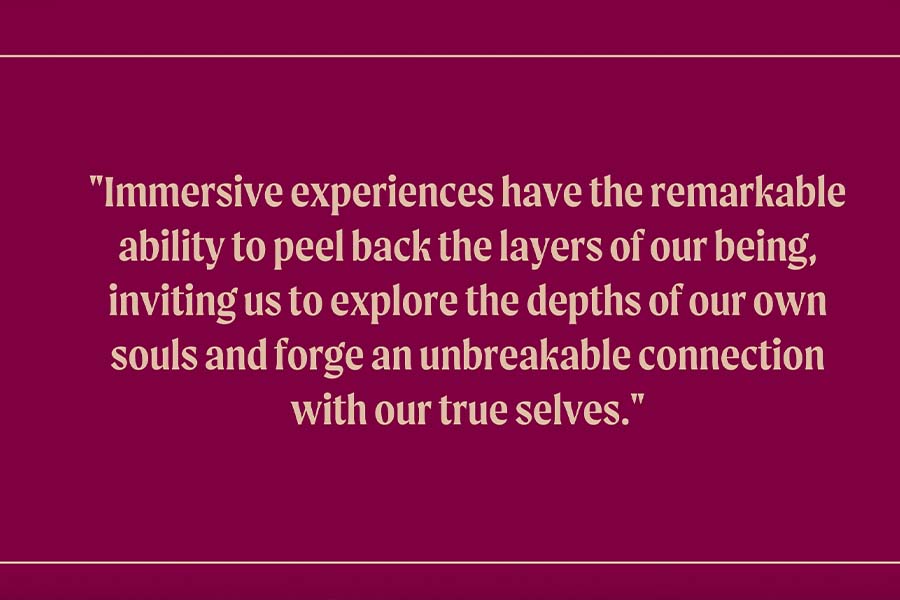
Connection might feel deeply subjective, but scientists are developing new ways to measure our degree of connection to ourselves, those around us and to nature – see the Watts Connectedness Scale, developed by a psychedelic researcher at UCL. When we can measure connection, we can see how fundamental experiences are in changing our sense of it. And by creating experiences that score highly in connectedness, we can help people to live better, richer lives.
This is sorely needed, as we are more disconnected from our bodies, each other and nature than at any other time in human history, and it’s causing catastrophic levels of physical and mental health issues.
“The world is amazing, but so many things stop us from being able to appreciate it. We’re our own worst enemies. One of the best ways to get us appreciating it is to get us out of our heads and into the world via experience design.”
Katherine Templar-Lewis
Experience design’s ability to shift people’s sense of being and create dialogue between scientists and artists is a pivotal one in helping us to solve these problems. We need collective intelligence: the ability to see something from different perspectives at the same time, giving us agility of thinking and a greater ability for creativity.
The Relationship Between Neuroaesthetics And Experience Design
So, what is neuroaesthetics?
Neuroaesthetics looks at the impact of aesthetic experiences – including light, sound, feeling, nature, art, and so on – on our brains and bodies, largely by examining our nervous system.
The role of a neuroaesthetics studio like Kinda Studios is to promote a model of science-informed design, showing how we can take the science being discovered in the labs around neuroaesthetics and use it to inform our creative decisions and enhance the impact of our experiences. It also encourages scientists to let go of reductive decision-making driven by funding applications, and instead cross-pollinate with creatives and make bolder decisions.
The Body Is Our Interface
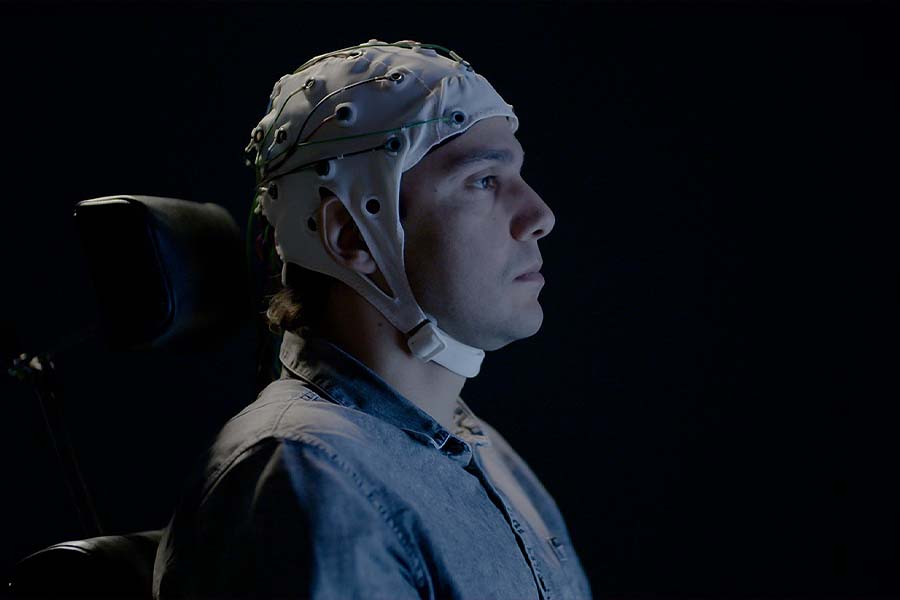
Neuroaesthetics stands in stark contrast to the 200-year-old theory of dualism, when science separated the mind and body and elevated the former. In fact, there’s a two-way dialogue taking place at all times. Our brains may be stuck behind our skulls, but the body is its conduit. Our body and mind impact each other.
The mind is a super-cautious entity. It wasn’t designed for the modern era, when we’re inundated with psychological threats and don’t know what to worry about first, and can sometimes sabotage us. For example, of the 40,000 thoughts we have each day, 80% are negative. Of those, 90% are the same as the day before – and only 1-2% will come true.
However, this also presents a huge opportunity for experience designers. The job of the nervous system is to relay messages from the world into the brain. If anything that happens in the body can affect the mind, then by changing our surroundings we can impact the body and therefore the mind by stimulating the senses, which inform how we think and feel.
Emotions Live In The Body, Not The Mind
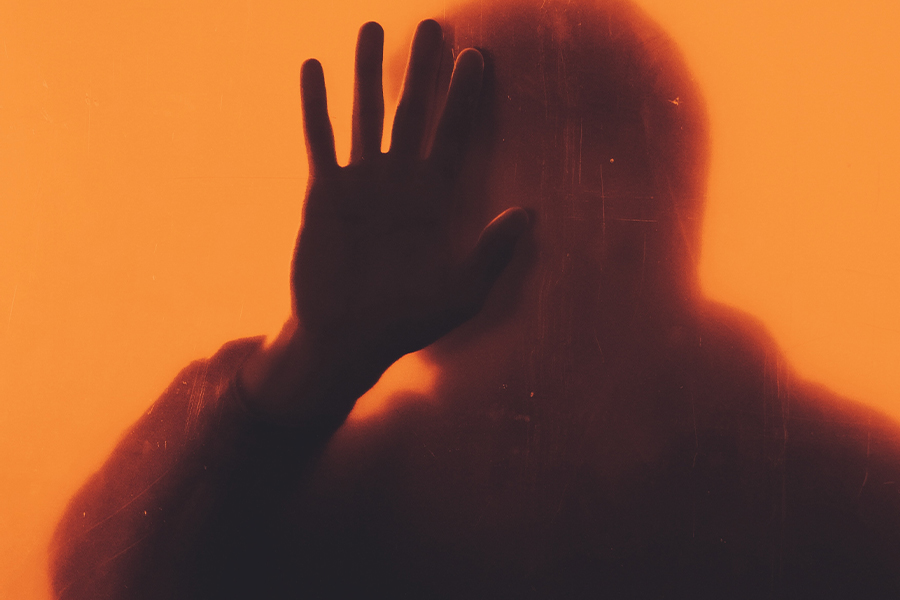
We all try to elicit emotion through experience design, and we know emotions drive actions. Most of the work that Kinda Studios does looks at how the nervous system feeds information to the brain. Descartes’ error was to think the mind and body are separate, when instead they’re linked in a dual feedback system.
Emotion and reason aren’t separate, either. People who have had the part of the brain that produces emotions damaged can’t make decisions and are stuck in loops, because emotions are designed to help us make decisions. Without emotion, reason has nothing to go on to make decisions. So when you regulate emotions, it helps guide decisions.
“Gut instinct is one of the most important leadership tools that we have, but we don’t train it. Emotions don’t live in our brain, they live in our body: they start as physical sensations.”
Katherine Templar-Lewis
If we think about how we feel when we’re threatened, we might decide to take flight or fight. However, the first conscious awareness of this emotion is a bodily one – our heart beats faster, and our stomach begins to churn. Context is very important here, because you might have the same sensations when you’re about to see someone you love, but in this case we interpret them as excitement.
This is where the vital skill of interoception comes into play. Those who are good at it have better emotional regulation and can use their emotions to make good decisions. Those who aren’t have lower empathy and higher incidence of mental illness – in fact, it seems to be at the root of almost every disorder we have. Meditation, breathwork and exercise can all help us to interocept better. And even better, so can experiences.
Experiences are great at making us feel present because they drop us into the moment. We’re so often caught up in the past or the future. We also like to numb our bodies with alcohol, sugar, doom scrolling, or our distraction of choice. But if you disconnect from your body, you disconnect from your sense of self, and then can’t connect to others or the world around you.
“I love experience design because I was very disconnected from my emotions as a kid. Experience design offers you aesthetic emotions: if you go to an experience that puts you into your body, you start to feel. While I might not be able to cry in everyday life, I attribute emotions to the experience and feel safe to cry – like how teenagers can process rage by listening to metal music.”
Katherine Templar-Lewis
We can help trigger these “aesthetic emotions” in the way we design an experience. When we’re in synchrony with other people, we feel more able to process emotions in front of them. We can measure synchrony by looking at brainwaves, heart rate and oxytocin levels. Making space for reflection and integration can also increase the power and impact of the experience, by allowing people to process what has just happened.
Design Pillars Drawn From Neuroscience
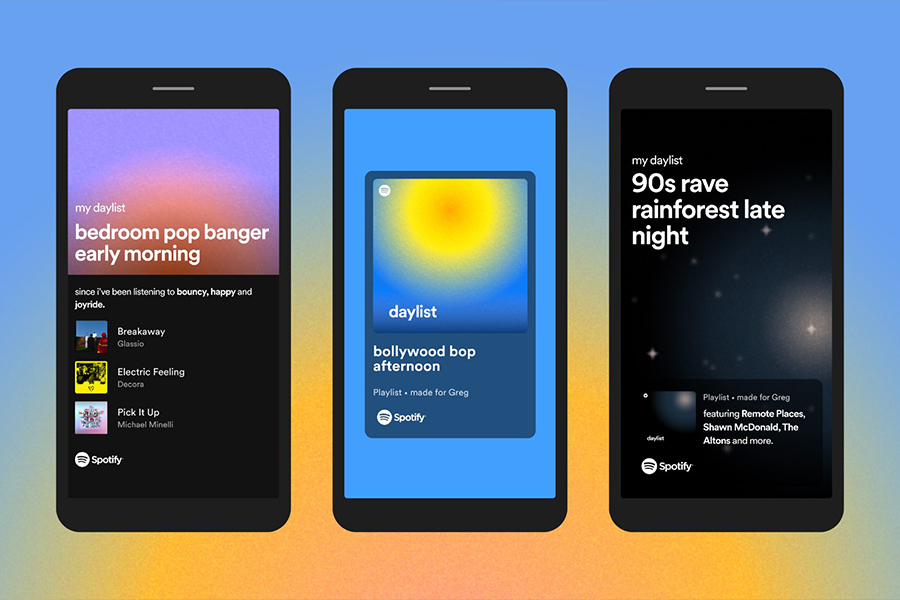
An embodied experience drops us into our body. Being in the body means being connected to our emotions. We crave experiences that get us out of the head and into the body. And this offers new design paradigms: to design for sensation, emotion and embodiment.
Templar-Lewis offers a few pillars in:
- Multisensory coherence. Everything is multisensory: music can be healing, and light can enact you. Until recently the world has been very siloed – for example, visual architects rarely work with sonic architects. If you go into a hotel bathroom, they’re often beautifully made of chrome and metal, but they amplify sound in unpleasant ways. Designers often put hand dryers at the same height as the baby changing tables, but these have a high frequency that adults can’t hear but babies can – resulting in screaming babies! We must therefore look to design for all our different senses together to have the impact we want, whether that’s to calm someone down, excite them, or trigger another emotion.
- Meaning. Engaging in an experience is about creating meaning. While Templar-Lewis found Punchdrunk’s The Burnt City to be visually beautiful, she didn’t engage in it because there was no context and she couldn’t make any meaning out of it. Part of meaning will always be personal because of what you bring to it, but there can also be collective meanings, as Dr Martha Newson explores in her research on collective experiences such as rave culture. We should therefore look to ask if there are any messages or symbols that might trigger a collective meaning-making culture, or how to architect a collective culture for individuals?
We can raise oxytocin in individuals by introducing sychronised movements like marching or dancing, eye contact, or skin contact, especially around the arms and hands. A drum beat can also help hearts synchronise. And in any emotional experience, whether going to the cinema or reading a book, you start to feel more connected to others who have experienced it. - Ritual. This is where anthropologists and neuroscientists come together. You can design rituals into experiences. Most people think of huge tribal things, but they can be something as small as your morning coffee: a repeated action that has meaning to you. The more ritualised you think it is, the more transformative an impact it can have. Causal opacity is a fun part of a ritual to play with – something where you don’t quite know why it’s there, but it’s always been done that way.
- Transcendence. Many people feel a sense of transcendence in immersive experiences, and even from just looking at a painting. Whether raving or going to a gallery, what is that transcendent experience for you? Neuroscience is starting to understand what happens in the brain and play with it, looking at different prototypes to see what has the greatest impact. It’s already clear that transcendence is important to personal growth.
“I’ve never told a creative anything they didn’t instinctively know, and the creative mind is way ahead of neuroscience. There’s a lot that hasn’t yet been proven, but which we know has an impact. The “devil’s tone” in music which upsets people, for example, we now know the mechanism by which it works: they are so incoherent and unnatural that it instinctively alerts your brain. Finding the mechanism doesn’t necessarily help, but by understanding we can give more informed choices to creatives to have greater functionality.” – Katherine Templar-Lewis - Awe. Immersive experiences can be very small, but still elicit awe. They can also be very big: think of the “overview effect”. When astronauts go to space, they all come back with the same story about looking back at the world and returning changed. They become kinder and more pro-social, and increase their connection with nature in the long term. When we experience awe, our ego and internal worry shuts down – and this can be so profound that it has a long-term impact. A particular pattern of brain activity is disrupted in the default-mode network where our ego is located – the same pattern noticed in the effects of psychedelics. Not everyone can access space, of course, but you can experience awe just by looking at a tree. And in immersive experiences and through tools like VR, you can also play with perspective. How can we play with this in an intentional way?
The WXO Take-Out

Neuroscience might confirm what we already sense or know as creators – but by understanding why these things work, we can be more intentional with our designs. We can look for ways to increase synchrony and collective experience, drop people into their bodies, design rituals, get them to connect with themselves, others and nature, and create moments of small and big awe,
So next time you’re designing an experience, ask yourself:
- How do you elicit awe, wonder and visceral emotions in your audience?
- How might you use neuroscience to effect personal transformation and foster connection to self, others and the worlds around us?
- How do you work in interdisciplinary teams spanning art and science?
Learn more about how Campfires work, download our current season line-up, and discover how to apply to join us at live sessions here.

